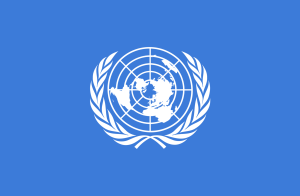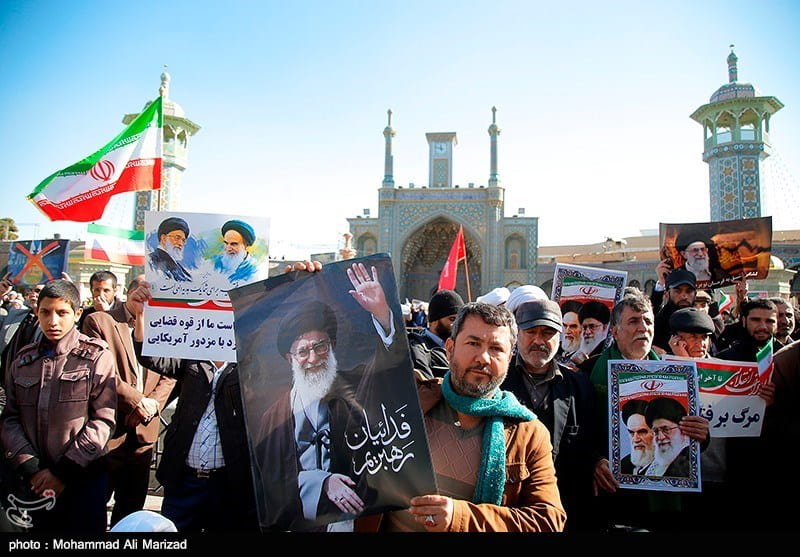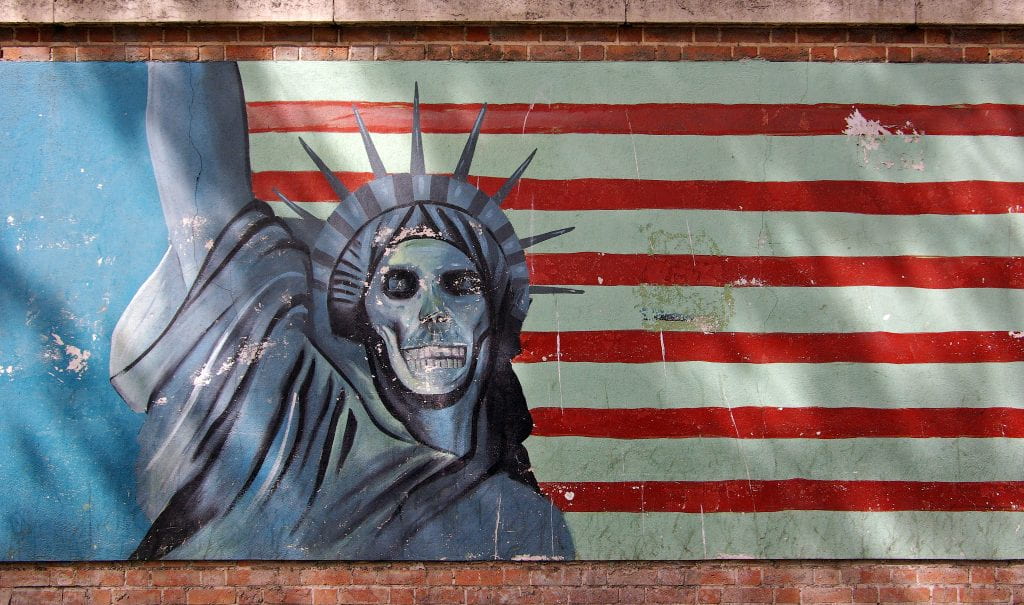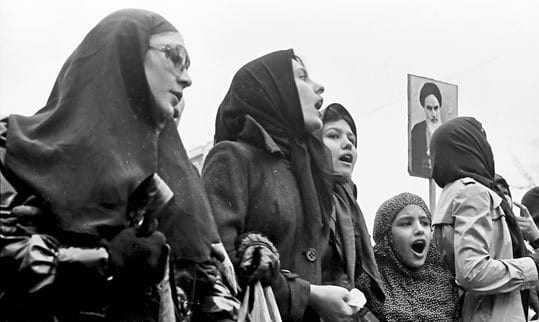
If you consider yourself to be a supporter of human rights and all of its technicalities, then you are surely aware of the document that formally brought forth legislation about human rights: the Universal Declaration of Human Rights (UDHR). The Declaration was passed by the General Assembly of the United Nations by a vote of 48-0-8 on December 10, 1948.
Per its name, the main goal of the Declaration was to universalize human rights and to ensure that every human, no matter where in the world, has the same basic human rights.
This inherent goal of the Declaration (its aim of universal human rights), has been a source of debate in the philosophical realm for quite some time. This blog will bring forth one particular view relating to the debate, as well as its implications.
Relativism

In the realm of philosophy, there exists a concept of relativism. (Or, more specifically, cultural relativism; in this blog, I shall be using these terms synonymously.)
Rather than plainly stating what relativism is, I am going to show you one of the many ways the concept was devised.
The Earth is big. On our big Earth, there are seven continents. Throughout these seven continents, there are hundreds of states and nations. In these states and nations, billions of people exist. Most of the people within these nations align with a specific cultural identity. Whether it be American, French, Japanese, or Swiss, all humans have a unique cultural identity.
Moreover, cultures have different forms of expressions. One culture is not necessarily like another (for what is right in one culture could very much be wrong in another).
Therefore, there is no possible way that an objective set of rules could ever exist. What is correct is relative to the culture and society of where that expression is happening.
If you followed along and agreed with all of the statements just made, then you are stepping into the realm of relativism.
More on Relativism

Relativism is the view that what is “right” and “wrong” is solely dependent on one’s culture. What is correct in the United States could very much be wrong in another nation.
A finite example of this is gratuity, or “tipping,” after a meal in a restaurant. In the United States, it is acceptable to tip your server after a meal at a restaurant. In Japan, this would be disrespectful.
In the eyes of relativism, both of these customs are correct. Moreover, they are equally correct—one is not more “right” than the other.
Additionally, cultural relativism not only says that cultural customs are equally correct but the moral codes of every culture is equally correct also. In other words, no culture is better than another—no culture is more correct.
However, this characteristic of cultural relativism brings forth another one of its characteristics: there is no such thing as moral progress.
To say that something has “progressed” is to say that it has become better, meaning that before its progression, it was flawed. This goes against cultural relativism because relativism states that every culture is inherently correct—there is no need to progress. Therefore, rather than saying a culture has “progressed,” relativists say that a culture has simply changed its ways and its moral code. (This is different from progression because it does not imply a culture has advanced for the better due to some arbitrary standard.)
Cultural relativism, at least at first, might be an appealing outlook on life. After all, who are we to tell different cultures what is right and what is wrong? Every culture and society should be allowed to have their own rules and social norms. It sounds immoral to enforce the United State’s social norms onto other nations.
Relativism’s Implications on Human Rights

The big implication that follows from relativism (as it relates to human rights) can be broken down as follows: (i) if cultural relativism is correct, every culture is equal and correct; (ii) if every culture is equal and correct, no culture has authority or agency over another; (iii) enforcing universal human rights would not align with all cultures in the world; (iv) if no culture/society has the agency to tell another what to do, and enforcing universal human rights would require telling other cultures what to do, universal human rights cannot exist.
Despite this argument coming to the conclusion that universal human rights cannot exist, we all are very much aware of the Universal Declaration of Human Rights—something that does indeed exist. However, we must note that the argument above does not apply to the Universal Declaration of Human Rights.
This is due to the fact that the Declaration holds no legal obligation as it is solely a declaration, not a treaty. Nations are not forced to follow it. Instead, they are encouraged to follow it. (However, this is not to say that the Declaration is not followed.)
Therefore, the argument that universal human rights cannot exist still stands. However, the argument’s basis is founded on the premise that relativism is true and correct—and that might not be the case.
Universalism

Before we carry on with our discussion of relativism, I would like to point out another view: universalism. As it relates to politics, universalism, unlike relativism, states that universal human rights can and should exist.
Universalism is the direct opposite to relativism in the world of politics. It claims that social norms across all cultures are fundamentally similar, hence why it would be possible to universalize (and legislate) human rights.
Objections to Relativism

Having now formulated a basic understanding of relativism (as well as its counter: universalism), we can now move on ahead and consider some of the theory’s big objections.
First, let us consider the objection of “no cultural progress”. The lack of cultural progress in relativism, as aforementioned, is formulated from the basis that all cultures are equally correct, with no culture being “better” or “worse.” Due to this, no culture can progress as it would imply it was not “good” in the past. Rather than progressing, a culture merely changed its practices and moral codes.
Therefore, under relativism, one would not be able to say that modern-day Germany is better than Nazi Germany, even though we know it is. Relativism would suggest that moral code of Nazi Germany is just as correct as the moral code of modern Germany; one is not better than the other.
Moreover, under relativism, one could not say that the abolishment of slavery was progress for the United States; we merely changed our ways.
This, as one would obviously assume, is a big pill to swallow. Most would agree that modern-day Germany and the modern-day USA are better than they were many years ago. However, to say this would be to reject relativism, thereby stating that some cultures and social norms indeed are better than others.
Another objection to relativism comes from the fact that most people align with multiple different cultures. For example, everyone in the United States lives under the cultural code of the United States. However, we also follow cultural norms that are more local—such as the cultural codes of what city/state we live in. In cases like these, relativism gives no true guidelines on what one should do.
A famous example of this objection comes from the case Wisconsin vs. Yoder. This case was between the state of Wisconsin and an Amish family that lived in Wisconsin.
In Wisconsin, legislation requires that every family sends their children to get educated until the age of 16. However, Amish customs say that no child needs education after 8th grade. Thus, a dilemma formulated between one culture and another—the culture of Wisconsin and the culture of the Amish.
In the end, the Supreme Court ruled 7-0 in favor of the Amish family, citing the 1st Amendment in the Bill of Rights.
This however, is just one example of conflicting cultural social norms. What is one supposed to do when their culture does not align with another culture they are a part of? Relativism does not say.
Besides the two mentioned objections to relativism, many more exist. Therefore, it is quite clear that relativism is not a perfect theory nor a perfect view of life. However, despite the objections to the view, many have still aligned with the theory.
Conclusion

As there are many attractions and objections to relativism, one is, perhaps, able to see why the concept of universal human rights has been a heated source of debate.
Whether or not there will ever be a treaty formulated that legally binds nations into following basic human rights is unknown. However, what we do know is that this issue is not one that is as obvious as people might believe at first.
Perhaps, in the future, if there is diplomatic debate on this topic, a treaty could very well be created. This treaty will ensure that no human ever on this planet gets mistreated. However, until that day, we solely have the Universal Declaration of Human Rights—a very good starting point for a treaty on human rights.









